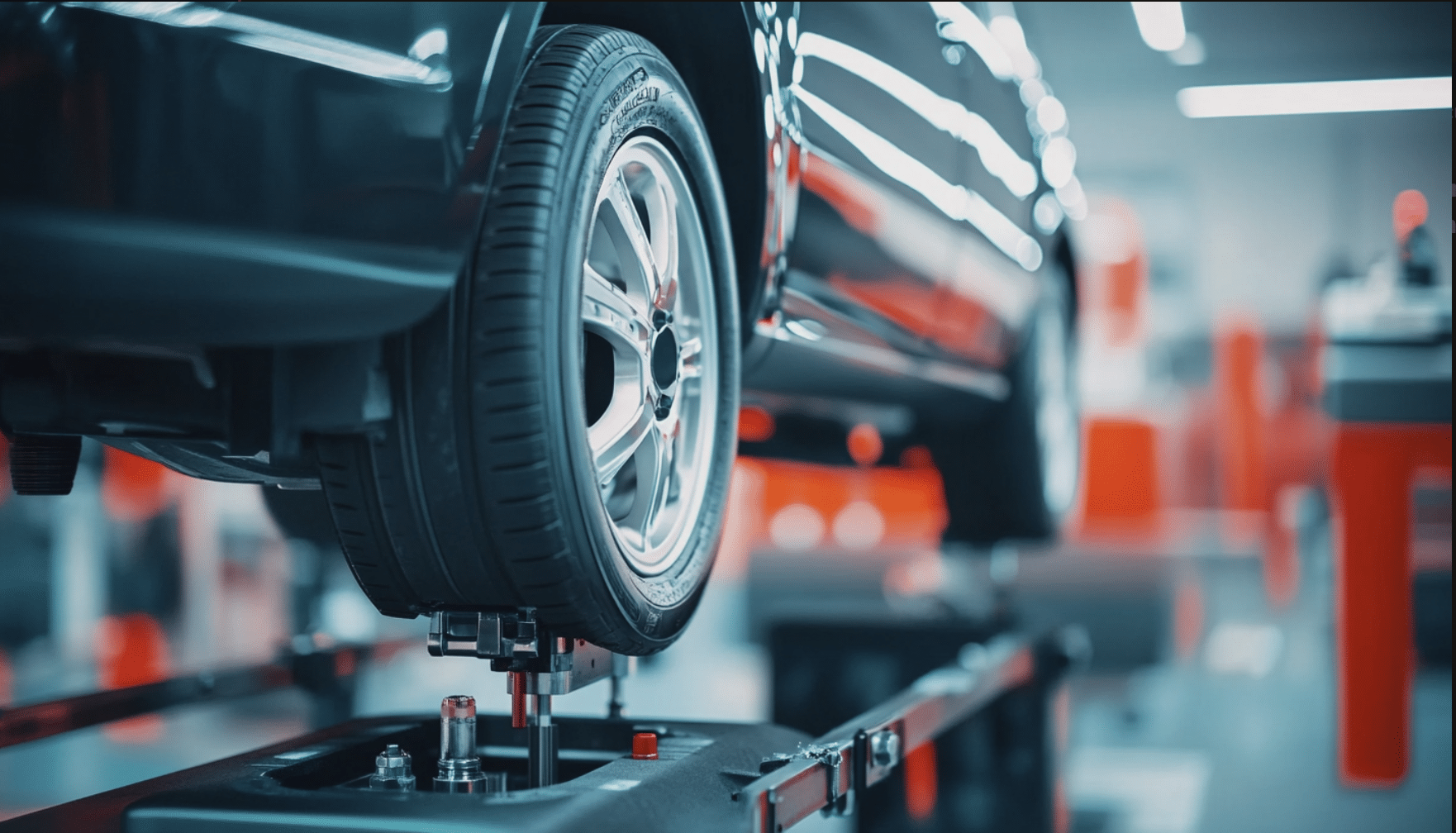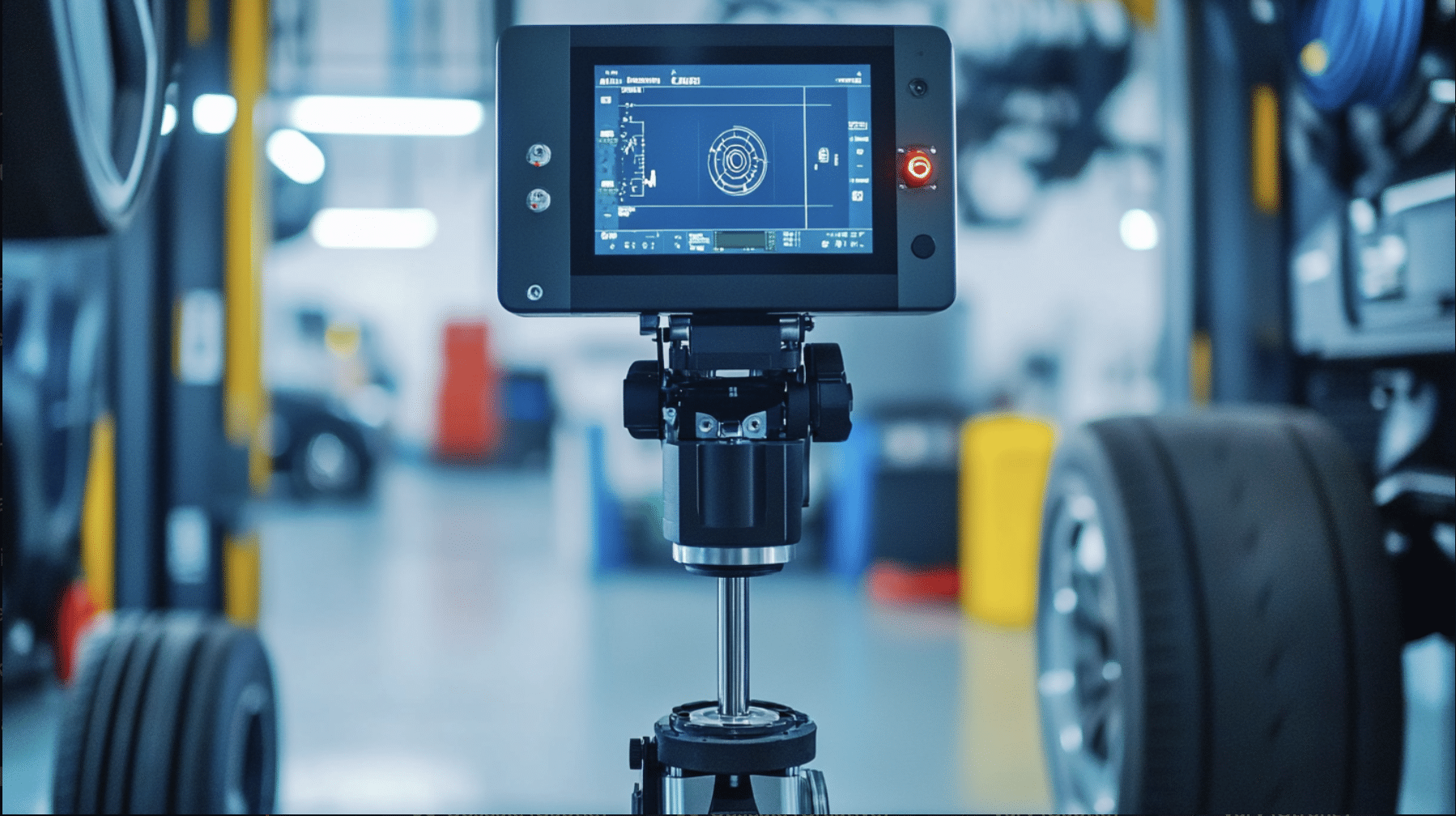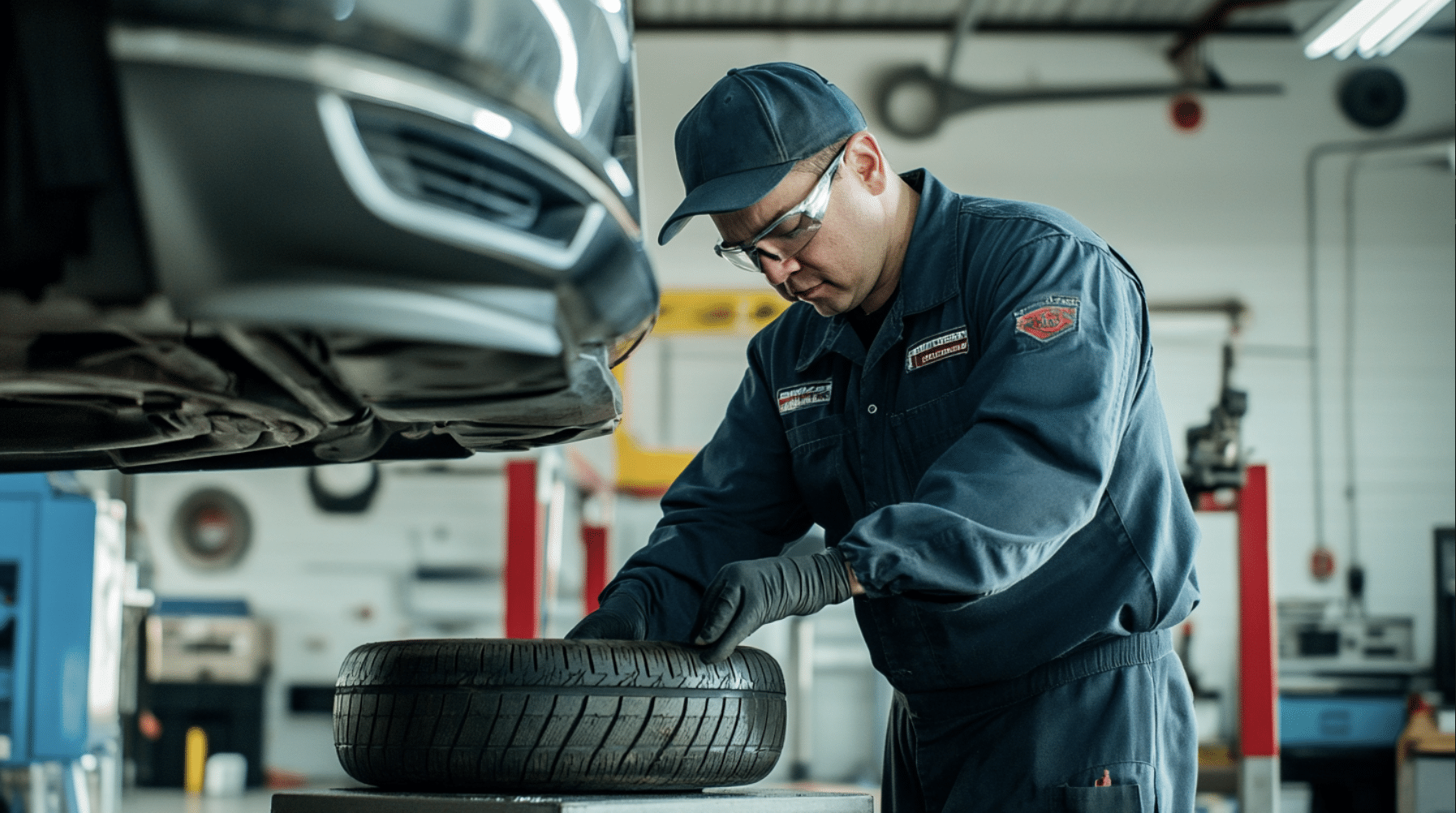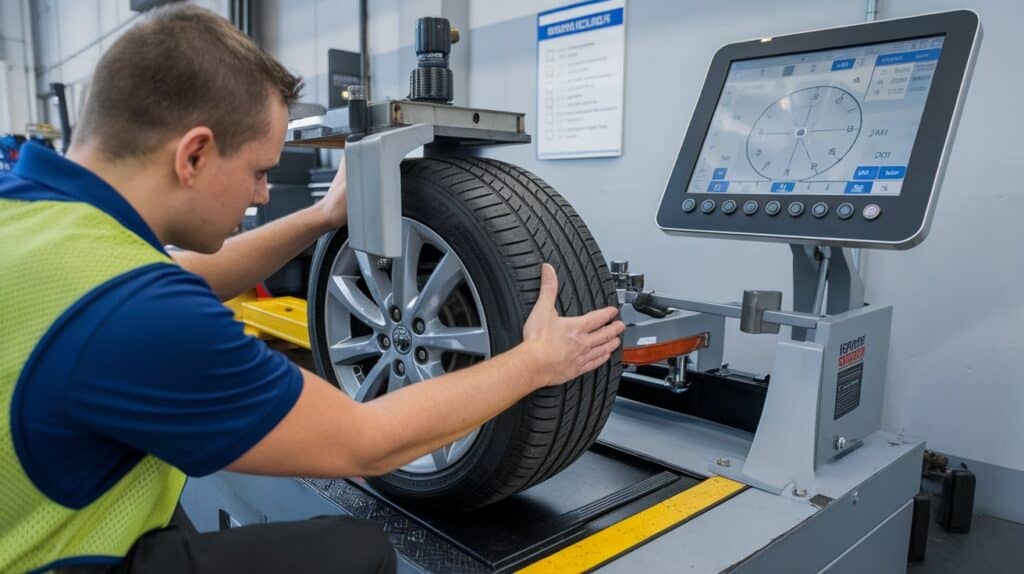Are you tired of long waits for wheel alignments?
Many vehicle owners and service providers struggle with time-consuming alignment processes that affect productivity and profits.
But what if you could make alignments faster and more efficient?
You can significantly reduce alignment time without sacrificing quality by implementing smart strategies and leveraging modern technology.
This article will explore practical techniques to streamline your alignment process, from using advanced equipment to optimizing your workshop layout.
We’ll also address a common question: how long does an alignment take?
By the end, you’ll have actionable insights to boost your alignment efficiency and keep your wheels rolling smoothly.
How Long Does an Alignment Take?

Understanding the time required for a wheel alignment is crucial for auto shop owners and customers.
Let’s break down the elements contributing to alignment time and set the stage for improving this essential service.
Typical Time Frame
- On average, a standard wheel alignment takes between 30 minutes to an hour
- Simple alignments on well-maintained vehicles might be completed in as little as 20 minutes
- More complex cases could take up to 2 hours
Setting realistic expectations with customers about the time required for their specific vehicle is important.
Factors Affecting Alignment Time
Several elements can impact how long an alignment takes:
- Vehicle condition: Worn or damaged parts can extend alignment time
- Vehicle make and model: Some cars have more complex suspension systems
- Technician experience: Skilled technicians often work faster
- Equipment quality: Advanced alignment machines can speed up the process
- Shop workload: Busy periods may lead to longer wait times
Understanding these factors helps explain variations in alignment duration to customers and identifies areas for potential improvement.
Immediate Steps to Reduce Alignment Time
Reducing alignment time is crucial for improving efficiency in auto service centers.
Focusing on these immediate steps can significantly decrease the time spent on each alignment job.
Let’s explore these methods in detail.
Utilize Advanced Alignment Technology

Modern alignment systems can significantly affect how quickly you complete jobs.
By investing in digital and automated alignment equipment, you can:
- Get more accurate readings in less time
- Reduce the need for manual adjustments
- Speed up the overall alignment process
For example, some new systems use cameras and lasers to measure alignment angles quickly and precisely.
This technology can sometimes cut down alignment time from an hour to as little as 20 minutes.
Streamline Pre-Alignment Checks

Before starting an alignment, it’s important to ensure the vehicle is ready.
This step can prevent wasted time later. Here’s what you can do:
- Create a checklist for pre-alignment inspections
- Check tire pressure and condition before the car enters the alignment bay
- Look for worn suspension parts that could affect alignment
By catching issues early, you avoid the frustration of discovering problems midway through the alignment process.
This approach can save valuable time and improve overall efficiency.
Regular Equipment Maintenance
Keeping your alignment equipment in good condition is key to faster service.
Regular maintenance helps prevent breakdowns and ensures accurate readings. Here’s how to keep your equipment running smoothly:
- Set up a schedule for regular calibration of alignment machines
- Perform preventive maintenance to catch potential issues before they cause downtime
- Train staff on proper equipment use and basic maintenance tasks
Well-maintained equipment works faster and provides more reliable results, reducing the need for time-consuming re-checks.
Implementing these immediate steps can significantly reduce the time required for wheel alignments.
How to Enhance Efficiency?
Improving workflow is a key factor in reducing alignment time.
Focusing on standardization, smart shop layout, and continuous training can create a more efficient alignment process.
These strategies help eliminate wasted time and motion, allowing your team to work more quickly and effectively.
Standardize Alignment Procedures
Creating a set of standard procedures for wheel alignments can greatly improve efficiency:
- Develop a step-by-step guide for alignments that all technicians must follow
- Use checklists to ensure no steps are missed
- Regularly review and update these procedures based on feedback and new techniques
By having everyone follow the same process, you reduce errors and cut down on unnecessary steps.
This standardization can lead to faster completion times without sacrificing quality.
Optimize Shop Layout
The way your shop is set up can have a big impact on how quickly alignments are completed:
- Place alignment tools and equipment within easy reach of the work area
- Create dedicated alignment bays with all necessary equipment already in place
- Design a flow that minimizes the need to move vehicles around the shop
A well-organized shop can save several minutes per alignment.
This time adds up quickly over a day, allowing you to serve more customers.
Effective Technician Training
Investing in your team’s skills is crucial for improving efficiency:
- Provide regular training sessions on new alignment techniques and technologies
- Encourage technicians to specialize in certain tasks to build expertise
- Use hands-on training and practice sessions to improve speed and accuracy
Well-trained technicians can perform alignments more quickly and with fewer errors.
This speeds up the process and reduces the likelihood of comebacks, saving even more time in the long run.
Automation in Alignment Processes

Incorporating automation can speed up your alignment process considerably:
- Use automated systems for tasks like measuring alignment angles and adjusting components
- Implement software that guides technicians through the alignment process step-by-step
- Consider automated report generation to save time on paperwork
Automation can handle repetitive tasks quickly and accurately, freeing up your technicians to focus on more complex aspects of the job.
Customer Management and Communication
Effective customer management and clear communication are key to reducing alignment times and improving overall service quality.
Let’s explore what strategies can help speed up the alignment process and improve customer satisfaction.
Effective Appointment Scheduling
A well-organized scheduling system can significantly reduce waiting times and improve efficiency. Here’s how to optimize your appointment scheduling:
- Use digital scheduling tools to manage appointments and avoid overbooking
- Allocate specific time slots for alignments based on vehicle type and expected job complexity
- Send reminders to customers about their appointments, including any pre-alignment checks they can do
Encourage customers to perform simple checks before their appointment, such as:
- Checking tire pressure
- Removing any heavy items from the trunk
- Noting any steering or handling issues they’ve noticed
These steps can save valuable time during the alignment process.
Clear Communication Channels
Good communication is crucial for quick and accurate alignments.
Here’s how to improve communication in your shop:
- Use a centralized system for sharing information between service advisors and technicians
- Implement a quick way for technicians to ask questions or report issues without leaving their work area
- Provide clear, written instructions for each job to avoid misunderstandings
Consider using digital tools for real-time updates:
- Use tablets or smartphones to share job status updates
- Implement a system that allows technicians to log completed steps quickly
- Use digital displays to show job progress to both staff and waiting customers.
Conclusion
Reducing wheel alignment time is crucial for improving efficiency in auto service centers.
You can significantly reduce alignment duration without sacrificing quality by implementing advanced technology, streamlining workflows, and enhancing communication.
Remember, “how long does an alignment take?” depends on these optimizations.
You can reduce alignment time from an hour to just 20 minutes with the strategies we’ve discussed.
This boosts productivity and enhances customer satisfaction through shorter wait times.
Consider evaluating your current alignment process and implementing these time-saving techniques.
Whether you’re a shop owner or a technician, these improvements can lead to better service and increased profitability.

